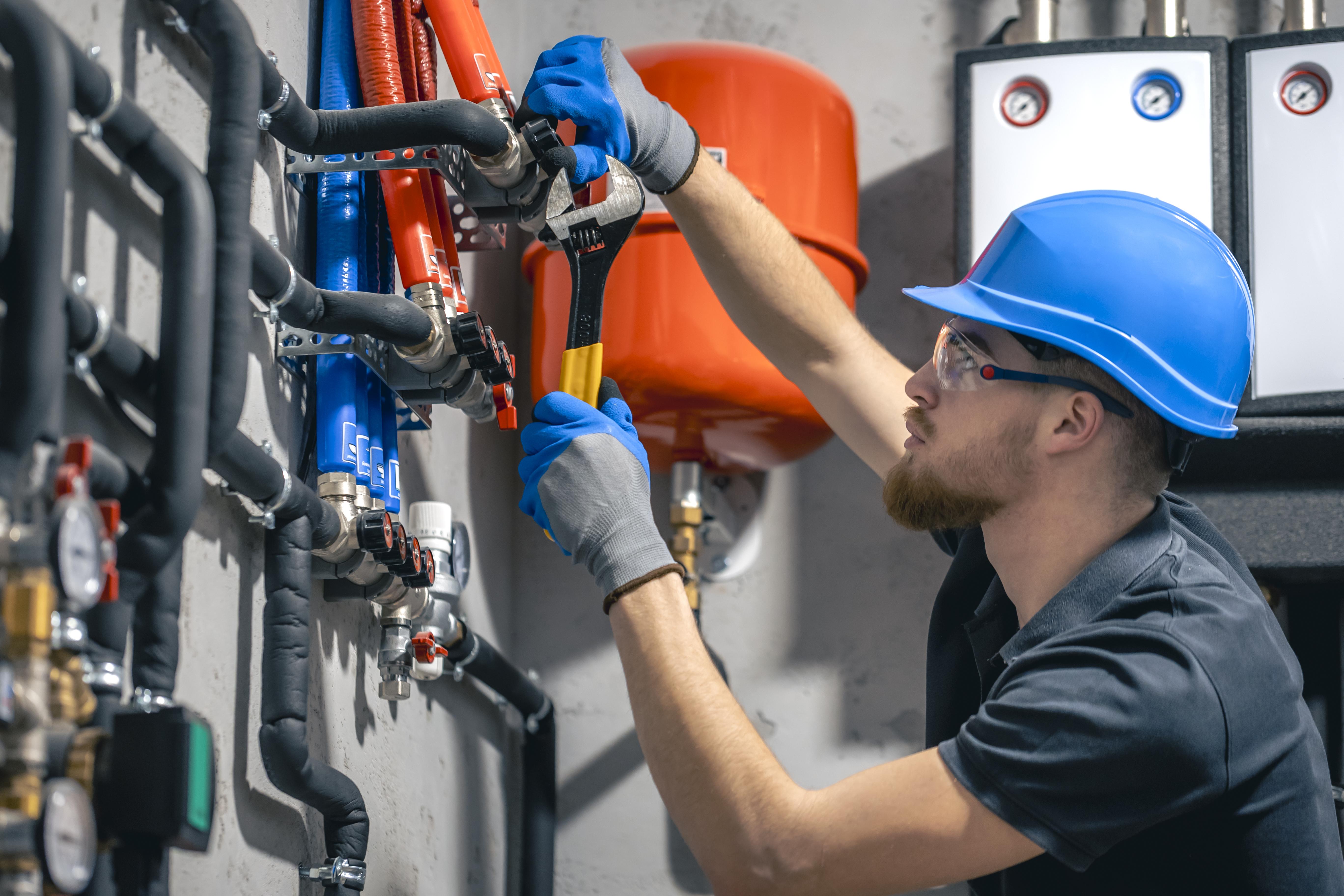How to Design Complete Hybrid Wiring for a CCTV System

A CCTV design for residential and commercial purposes is halfway incomplete when it does not include a hybrid wiring system. Hybrid: These systems typically bundle analog and digital (IP) camera options that allow room for flexibility with your CCTV systems. Well, I am sure that after so much information and review about different components you have become curious about how to design a whole hybrid wiring system for camera surveillance but don´t worry because here we are with the best guide on creating an end-to-end video transmission Wired/ Wireless CCTV Solution.
Understand Your Requirements
Assess your own needs first before getting into the design side of things. Here are some of the factors you should take into consideration:
What is the coverage area? Specify the size of the zone or zones you want to monitor. This impacts consumer decisions on the number, positioning, and type of cameras.
Types of Cameras: Select the camera types you require. Although an analog camera is enough for basic surveillance, IP cameras produce better output and come with advanced capabilities.
Light Conditions: Observe the lighting conditions on-site. Sometimes, low-light conditions could necessitate an infrared camera.
Once you know what your needs are, be sure to dissect the features of this hybrid CCTV so that each one is analyzed and decisions about it can be made.
Choose the Right Cameras
Naturally, a hybrid CCTV system will contain both analog and IP cameras. How to Select Cameras
Analog Cameras: Best for simple surveillance and cheaper. They also have a lower resolution than the IP cameras.
IP (Internet Protocol) Cameras – These allow for much higher megapixel resolution, more options like motion detection, and the ability to remotely access recorded footage. They can also be powered with Power over Ethernet, which helps reduce the burden of wiring.
Select A Combination Of Both Depending On Your Surveillance Objectives And Resources (Budget)!
Plan the Wiring Layout
Designing Your Hybrid CCTV System—Creating a Wiring Layout Here are the steps to follow:
Camera Locations: Map all camera locations on a floor plan. Make certain they are not blind to the important parts.
Install DVR/NVR: Decide where you are going to place your Digital Video Recorder (DVR) for analog cameras or Network Video Recorder (NVR). It should be one common place for access to all camera feeds.
Mapping Wire Paths: Create your wire paths and take into consideration how far the cameras are to the DVR/NVR. Section Quirks Video quality can suffer at long distances, so try to keep cable runs short.
Select the Right Cables
Factors Affecting Co-axial and Twisted Pairs in a Hybrid CCTV installation services. This is the main cable types you are going to need:
COAXIAL CABLE: Coaxial cable is great for transmitting analog camera video signals a further distance. Go for RG59 or RG6 cables to improve performance.
Cat5e/Cat6 Cable: Great for IP cameras, these Ethernet cables will let you use PoE to power a camera and push data across the same physical cable at the same time. The implementation of this removes the mess and eases setting up.
Power Cables: If your analog cameras do not use PoE, make sure that you have appropriate power cables going to each camera.
CONNECTORS AND EQUIPMENT INSTALLATION
After the wire selection, the next step is to install the connectors and other tools:
BNC Connectors: To connect the coaxial cables to analog cameras for Multicamera and DVR connections. Make sure they are tight to prevent signal loss.
RJ45 Connectors: It is used to attach IP cameras with the Cat5e/Cat6 cables and NVR.
Power Supplies: In the case of analog cameras, mount power supplies (having voltage suitable to sustain your cameras)
Set Up the DVR/NVR
After you have the wiring done, then follow up to configure your DVR or NVR to handle those camera feeds;
Connect Cameras: Analog and IP cameras need to be connected to the DVR or NVR inputs[6].
Settings Configuration: Set up recording mode, resolution, and framerates that meet your surveillance requirements. If available, motion detection features should be enabled as well.
You can also look for functionalities such as remote access, which means that you can view the cameras through your phone or computer. Setting up everything on the network side and adding users.
Test the System
Check the system as well before you install it finally:
Camera Functionality: Collect the information of each camera to check if it is working or not and show good video.
Record: Test that the recording is working and footage is saving as expected.
Remote Access: Make sure you can not only access the system remotely but also see live feeds from your devices.
Document the Installation
Lastly, comprehensive documentation of your installation hybrid CCTV system.
Wiring Diagram: Creating a diagram that provides an image of the layout and wiring connections in order to provide future reference.
Camera Positions: Record the position and details of each camera.
Navbar Dropdown (Equipment List): You can keep a list of equipment used complete with model numbers and specifications.
These docs will come in handy later on when upgrading or debugging.
Conclusion
Deciding upon a fully hybrid wired CCTV installation system requires careful planning and work. However, an understanding of your needs and the correct choice of cameras and cables followed by a methodical installation allows you to have basic surveillance equipment that actually fulfills its task in this regard. Because a hybrid system allows you to add both analog and IP box cameras, this type of system is the most flexible and provides scalability so that your property will be secured in future times.





